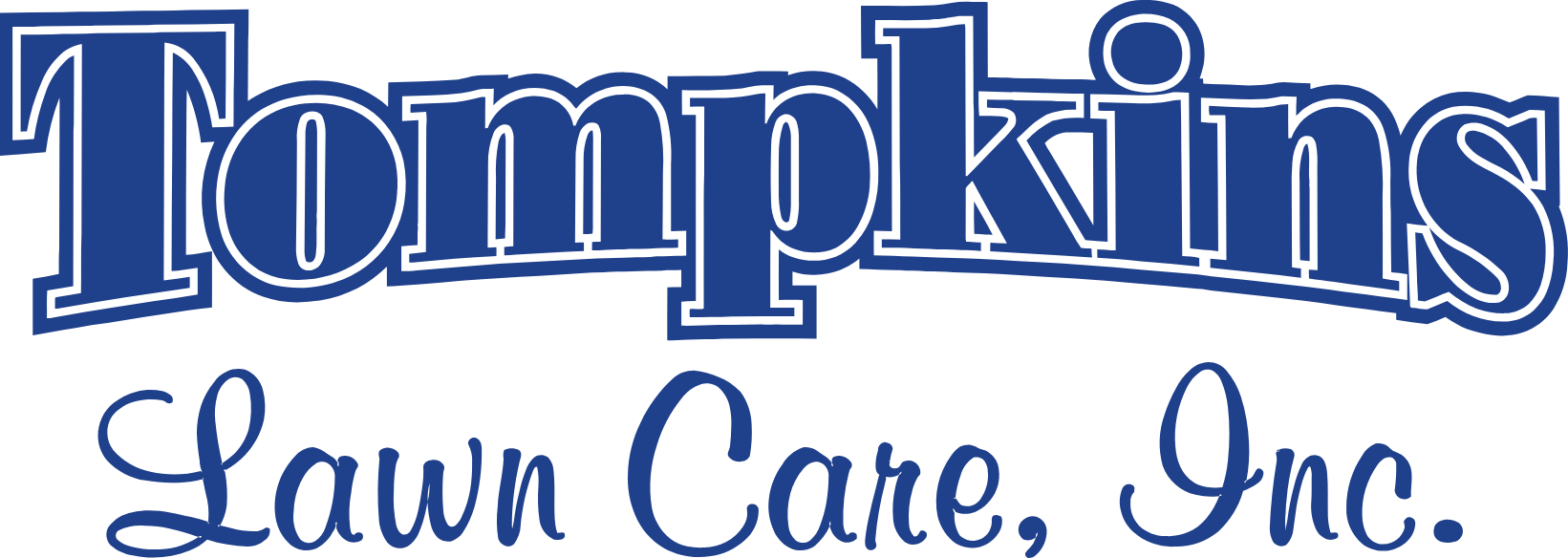1 minute read
New (home)Owner Experience
***This is a common occurrence. I’ve not heard the proverbial skipping needle, but I have witnessed spousal arguments, and the rest is factual as perceived during my career.
So, you just purchased a new home and you are realizing the American dream. You are filled with pride and happiness, how rewarding it will be to keep a nice lawn that surrounds your new house…. your home. Thoughts may drift to a late afternoon of mowing, quiet seclusion that gets you out of the house and away from sorting laundry or doing the dishes. Maybe you visualize a neighborhood BBQ. A gathering of friends, maybe volleyball nets are set, the grill is hot and everyone raves about how nice YOUR lawn is. Life is good, stand proud, have a cold beverage and soak it all in…….
(audio of a needle skipping across a record….) (wife screams frantically) …. Honey….What’s wrong with the lawn? It’s the end of April! Why is the lawn still brown? It was green last fall, but now it looks dead. I think it’s dead. The neighbor’s lawn is green, ours looks like crap! We have a graduation party in May and the lawn is dead…. fix it!
This same scenario plays out time and again for one reason, infertile soil. A lawn is no better than the soil below it and regardless of the turfgrass type or if the lawn is from sod or seed, it needs food to survive. Most lawns are sodded and although there is some instant gratification, these lawns will regress unless a fertilization program is implemented from the start. Grown for sale, sod needs to be produced quickly for the business to be profitable. Sod is grown under ideal conditions with excellent soil, its irrigated and is heavily fertilized. Although the conditions during production are ideal, the installation site is not. New home soils are infertile if not altogether sterile. The soil is compacted by construction equipment and its summer and usually hotter than H-E-double hockey sticks. Given all of this, sod is resilient and with proper watering, it will usually take root. With the producer’s fertilizer still feeding, the sod will usually hold on through that fall season. The surprise comes after the first winter. With its food source depleted and without additional nutrients to stimulate growth, the lawn will lay lifeless and brown, appearing dead. These lawns show stark contrast when compared to other lawns the same age but having received additional fertilization.
The situation above is quite common. Every spring we receive frantic phone calls from people who claim their lawn died over winter. As serious as a heart attack, they want the lawn replaced, reseeded or resodded. I’m happy to offer them an explanation for what they are experiencing. Saving considerable money on the anticipated “replacement”, we start an aggressive fertilization program and everything falls into place. Huge gains are realized within the first two months and with recommended cultural practices like core aeration and proper cutting, the turfgrass will continue to improve as time moves on. NEW LAWNS REQUIRE ATTENTION OR THEY FAIL!

